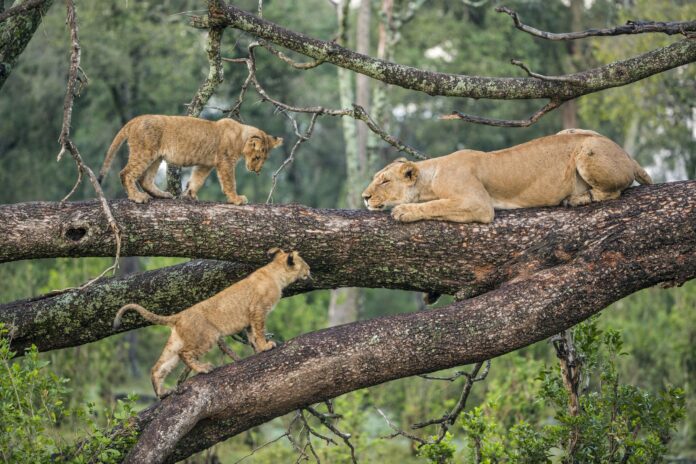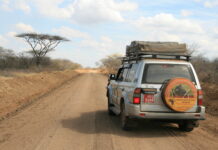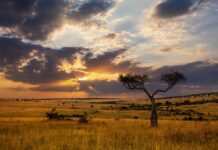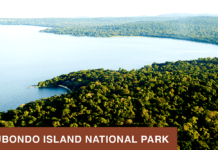Lake Manyara National Park is an unspoiled paradise of ground water forest fed by underground springs and teeming with wildlife such as elephants, hippos, giraffes, buffaloes, antelopes, and some of the largest baboon troupes in Africa.
But its most iconic attraction is undoubtedly its tree-climbing lions, and people flock from all over the world to see these iconic predators lounging in the trees.
It is in Lake Manyara that you find Africa’s largest concentration of elephants. When it comes to spotting elephants in the wild, while on your Tanzania tour you will find few places that can compete with elephants.
In addition to these giants, the park also offers excellent opportunities to see mongooses, the adorable Kirk’s dik-dik, hippos, buffaloes, antelopes, gazelles, and large troupes of baboons.
The lions of Lake Manyara National Park are a rarity among their own kind, being some of the only lions in the world to regularly climb trees and use them as places as rest. Only Uganda’s Ruwenzori National Park shares this distinction.
Lucky photographers will get the chance to spot and photograph these beautiful creatures perched on the branches of acacia trees. Zoologists aren’t quite sure just why the lions here have developed this interesting habit, but visitors to the park are the ones who benefit – seeing such unique behaviour from such beautiful creatures.
Lake Manyara is a slightly salty lake that is home to hippopotamus, flamingoes, and a large variety of aquatic life. Despite its salt content, it is safe for animals to drink and is a popular watering hole for the park’s animal population.
During the wet season, Lake Manyara swells to a sizable body of water perfect for guided canoe safaris. During the dry season, it can shrink to such a small size that it is almost possible to walk across it.
When water is present, it is possible to see klipspringer, rock hyrax, and porcupines by the lake’s edge, and a wide variety of birds including Ruppel’s Griffon, Verreaux’s Eagle, the Augur Buzzard, the Peregrine Falcon, and an abundance of flamingoes call the lake home during the year.
Among the most eye-catching features of Lake Manyara National Park are the towering termite mounts that dot the landscape. These impressive structures are the work of tiny yet industrious insects known as termintes. Working in huge colonies, these creatures construct remarkably strong and sophisticated mounds to act as homes to protect their queen.
Not content with this level of engineering, the termites also cultivate fungus in special chambers within their colony! While much of this fascinating work takes place where the naked eye can’t see it, the spires and castles the termites build are quite amazing to see.
For several months of the year, Lake Manyara is home to thousands of flamingos drawn by the microscopic algae that they feed on. The flamingos’ specialized diet means they are confined to the alkaline lakes of the Rift Valley, and Lake Manyara is arguably the best place in Tanzania to see these huge flocks of brightly colored birds.
Mto We Mbu is a local farming and market village that is perfectly situated for souvenir shopping or for a glimpse into the day-to-day life of the Tanzanian people.
On market days, farmers from all over the region come together to show off their wares in this dynamic melting pot of cultures and personalities.
As you wind your way down a bumpy, dusty roads through the desert land surrounding Lake Manyara National Park, it might seem unlikely that something as beautiful and relaxing as Maji Moto could exist out here. Yet when the oasis comes into view, it’s all worth the long drive.
Game-viewing is at its best between July and October, while bird-watchers will find the best conditions between November and June.







